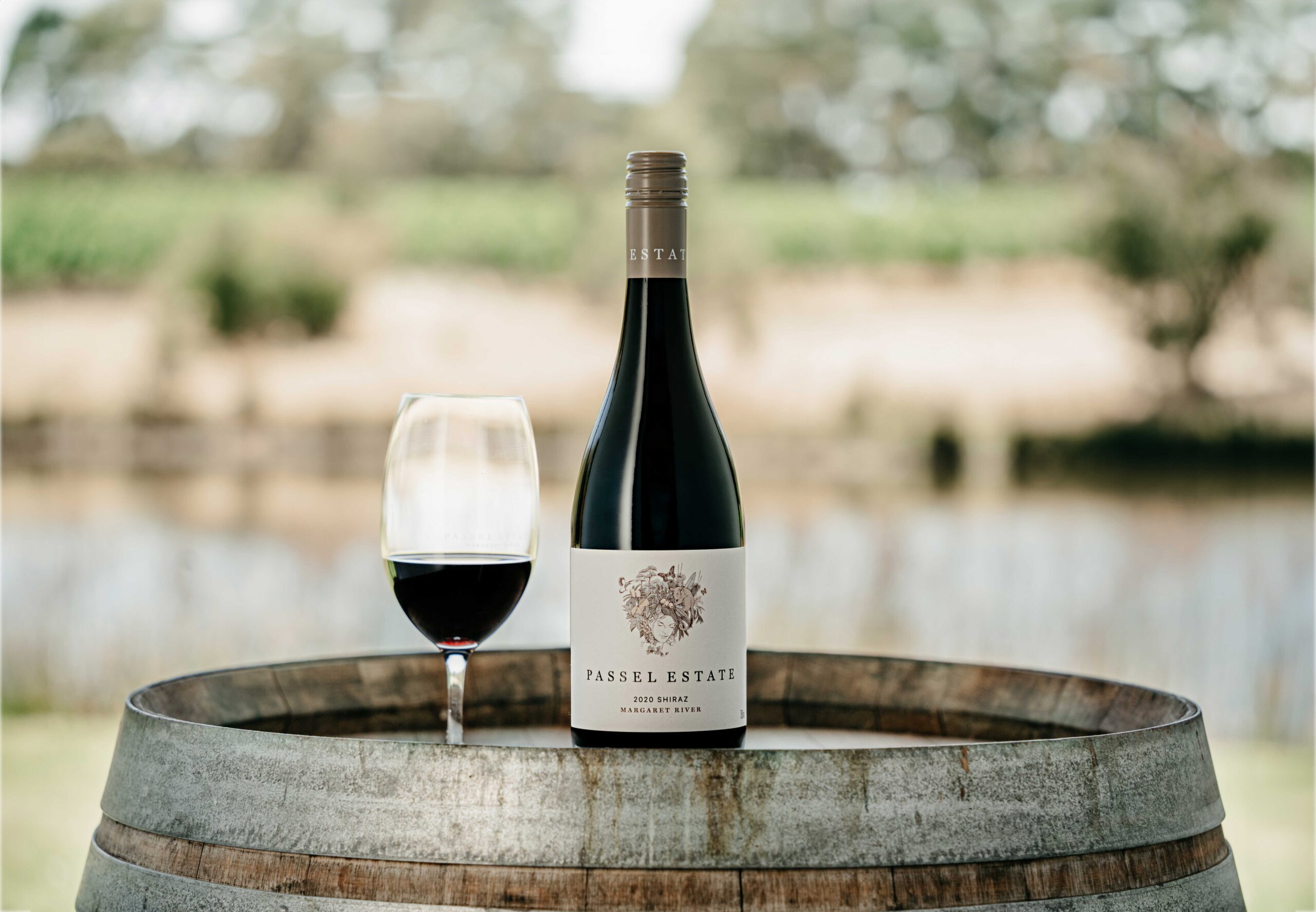Wine enthusiasts often find themselves puzzled when encountering Syrah and Shiraz on wine lists, wondering if these are different grape varieties or simply regional preferences in naming. The truth is both fascinating and straightforward: Syrah and Shiraz are indeed the same grape variety, but they represent two dramatically different winemaking philosophies and regional expressions that have evolved over centuries.
This identical grape variety, scientifically known as Vitis vinifera, has traveled across continents and adapted to diverse climates, resulting in wines that can taste remarkably different despite sharing the same genetic foundation. The distinction goes far beyond mere nomenclature – it represents a fundamental difference in winemaking approach, climate influence, and cultural wine traditions that have shaped how this versatile grape expresses itself in the bottle.
Understanding the Syrah versus Shiraz debate requires into the intricate relationship between terroir, climate, and winemaking philosophy. While French Syrah tends to emphasize elegance, restraint, and savory complexity, Australian Shiraz celebrates bold fruit flavors, higher alcohol content, and immediate accessibility. This divergence has created two distinct wine styles that, despite originating from identical genetic material, offer completely different tasting experiences and food pairing opportunities.
The journey of this grape variety from its origins in France’s Rhône Valley to Australia’s sun-drenched vineyards illustrates how geography, climate, and cultural preferences can transform a single grape into multiple wine personalities, each with its own devoted following and distinctive characteristics.
The Origins and Historical Journey

The Syrah grape variety has deep roots in French winemaking history, with its origins firmly established in the northern Rhône Valley. DNA testing conducted in 1998 definitively proved that Syrah is indigenous to France, resulting from a natural cross between two lesser-known grape varieties: Dureza and Mondeuse Blanche. This scientific breakthrough ended decades of speculation about the grape’s mysterious origins and romantic tales connecting it to ancient Persia.
The grape’s journey to Australia began in the 1830s when Scottish viticulturist James Busby brought vine cuttings from Europe to the Australian continent. These plantings would eventually flourish in regions like the Hunter Valley and Barossa Valley, where the warmer climate and different soil conditions would give birth to what we now recognize as the distinctive Shiraz style. The name “Shiraz” itself reflects Australia’s desire to create its own wine identity, distinct from European traditions.
Climate and Terroir: The Great Divider
French Syrah: Cool Climate Elegance
French Syrah thrives in the cooler climate conditions of the northern Rhône Valley, where granite-based soils and continental climate patterns create ideal growing conditions for producing elegant, structured wines. The cooler temperatures allow for slower ripening, which preserves natural acidity and develops complex flavor compounds gradually. This environment produces wines with higher acidity, more restrained fruit flavors, and pronounced mineral characteristics.
The terroir of regions like Hermitage, Côte-Rôtie, and Cornas imparts distinctive characteristics to French Syrah, with each appellation offering unique expressions of the grape. These wines typically exhibit flavors of black cherry, black pepper, and herbs, with a medium to full body that emphasizes finesse over power.
Australian Shiraz: Warm Climate Intensity
Australian Shiraz benefits from the country’s warmer climate conditions, particularly in renowned regions like the Barossa Valley. The increased heat and sunshine allow grapes to achieve higher sugar levels, resulting in wines with elevated alcohol content and more concentrated fruit flavors. This warmer environment produces fuller-bodied wines with softer tannins and more immediate fruit appeal.
The Australian approach to Shiraz winemaking often involves longer cold soaking periods and different oak aging techniques, which contribute to the wine’s characteristic richness and accessibility. These wines typically showcase bold flavors of blackberry, plum, and chocolate, with higher alcohol content ranging from 14-15% compared to French Syrah’s more moderate 13-14%.
Flavor Profiles and Tasting Characteristics

Syrah: Savory Sophistication
French Syrah presents a more restrained and elegant flavor profile that emphasizes the grape’s natural herbaceous qualities. These wines typically feature:
-
Primary flavors: Black cherry, blackberry, and blueberry with floral violet notes
-
Secondary characteristics: White and black pepper, olives, cured meats, and herbs
-
Structural elements: Medium to high acidity, firm but refined tannins, and moderate alcohol levels
-
Aging potential: Excellent longevity with the ability to develop complex tertiary flavors over 10-25 years
The cooler climate expression results in wines that require more contemplation and often benefit from decanting to fully reveal their complexity.
Shiraz: Bold Fruit Expression
Australian Shiraz delivers an immediately accessible and fruit-forward tasting experience that celebrates the grape’s ability to produce rich, concentrated flavors. Key characteristics include:
-
Dominant flavors: Ripe blackberry, plum, and black cherry with chocolate and spice notes
-
Distinctive elements: Jammy fruit qualities, vanilla from oak aging, and smoky undertones
-
Wine structure: Full body, higher alcohol content, and softer, more approachable tannins
-
Drinking window: Often enjoyable in young, but capable of aging 5-15 year,s depending on quality level
The warmer climate expression creates wines that announce their flavors boldly and pair excellently with robust, spiced cuisines.
Winemaking Techniques and Regional Variations
Traditional French Approaches
French Syrah winemaking emphasizes traditional techniques that preserve the grape’s natural characteristics and terroir expression. Winemakers in the northern Rhône often employ:
-
Whole cluster fermentation to add structural complexity
-
Extended maceration periods for tannin extraction
-
Aging in older French oak barrels to avoid overwhelming the wine’s natural flavors
-
Minimal intervention approaches that allow terroir to shine through
Modern Australian Methods
Australian Shiraz production often incorporates modern winemaking techniques designed to maximize fruit expression and create immediately appealing wines. Common practices include:
-
Extended cold soaking to enhance color and fruit extraction while softening tannins
-
Use of new American and French oak for added richness and vanilla flavors
-
Temperature-controlled fermentation for optimal fruit preservation
-
Blending techniques that create consistent house styles across vintages
Food Pairing and Serving Recommendations

Syrah Pairing Strategies
The elegant, savory nature of French Syrah makes it an excellent companion for sophisticated cuisine that can match its complexity. Ideal pairings include:
-
Grilled lamb with herbs and garlic
-
Wild game dishes with earthy accompaniments
-
Aged cheeses and charcuterie boards
-
Mediterranean cuisine featuring olives, herbs, and grilled vegetables
Shiraz Pairing Opportunities
Australian Shiraz’s bold fruit flavors and higher alcohol content make it perfect for robust, spiced dishes that can stand up to its intensity. Recommended pairings include:
-
Barbecued meats and smoky grilled dishes
-
Spicy Indian and Asian cuisines
-
Rich stews and braised dishes
-
Dark chocolate desserts and fruit-based desserts
Global Expressions and Regional Variations
Beyond France and Australia, Syrah/Shiraz has found success in numerous wine regions worldwide, with each location adding its own interpretation to the grape’s expression. South African producers often label their wines as Shiraz when grown in warmer regions, while cooler climate areas may use the Syrah designation. Similarly, New World regions like California, Chile, and Argentina have developed their own distinctive styles that fall somewhere between the French and Australian extremes.
The choice of name often reflects the winemaker’s stylistic intentions: those seeking to emphasize elegance and restraint typically choose “Syrah,” while producers aiming for bold, fruit-forward expressions often prefer “Shiraz.”


